Eight Scandinavian food trends you must try
By Signe Hansen and Emma Rödin
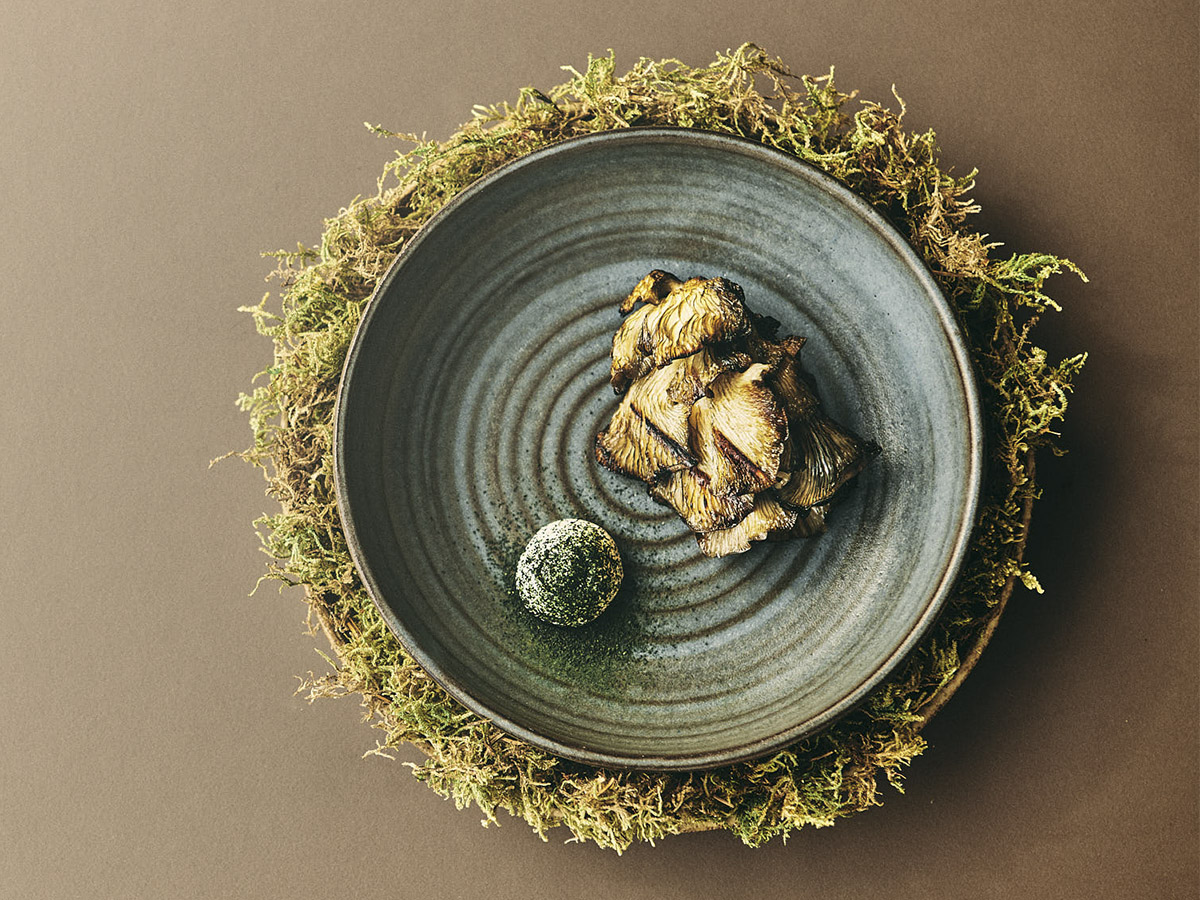
Charred Funga Farm from Ark, one of Denmark’s new, highly-praised plant-based restaurants. Photo: Christoffer Rosenfeldt
Nordic cuisine has long been an integral part of the Scandinavian identity with pretty much every second Scandinavian identifying themselves as “foodies” and engaging in some sort of food-related hobby. Scan Magazine explores eight of the Scandinavian food trends currently sweeping through the region.
Homemade bread – and flour (Sweden)
From dark and crusty to light and fluffy, every country has its own traditions when it comes to bread, shaping both culture and society alike. And as you may recall (you definitely do), 2020 saw a surge of homemade bread across the world, turning humble bakers into masters of the craft. An unfading trend, the Swedes have taken things one step further by also throwing homemade flour into the mix. Yep, it’s homemade with a capital h. Get your hands on a stone mill (there are small ones optimised for home use) and opt for spelt or rye flour and you’ll be bang on trend.
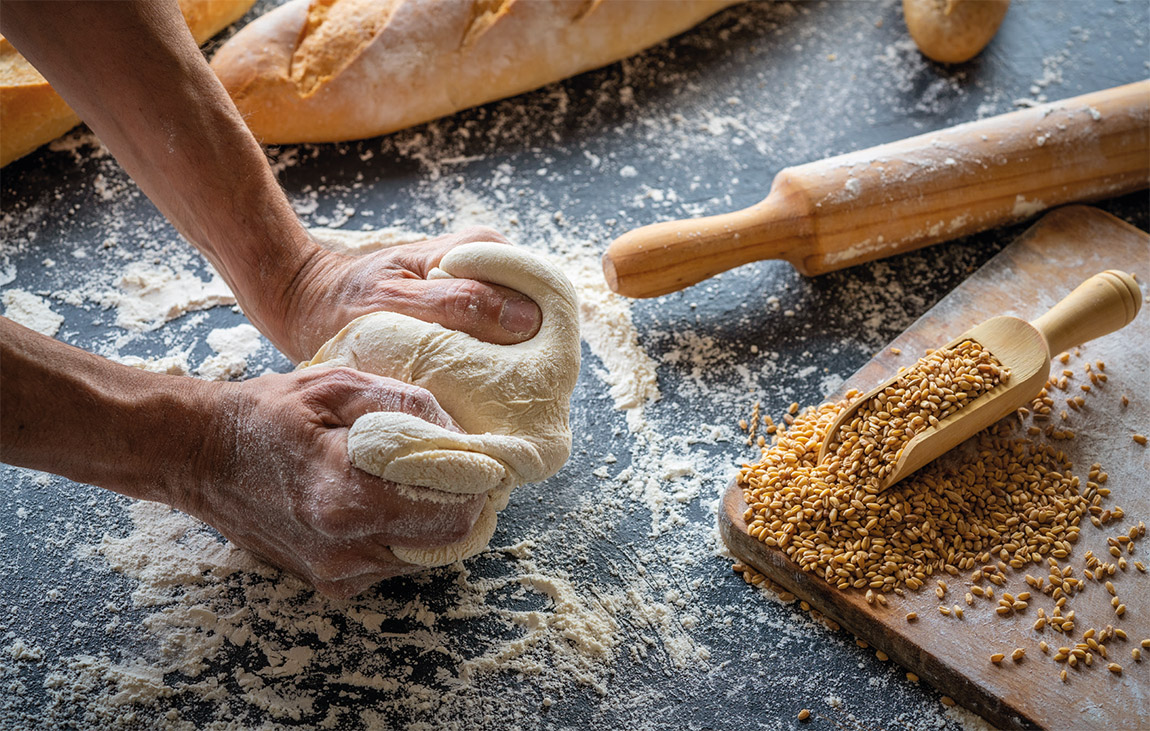
Photo: istock
Food nostalgia (Finland)
A wave of food “newstalgia” is rolling through Finland at the moment. Perhaps not surprisingly, the uncertainties of the world are making the otherwise notoriously calm Finns seek a little extra comfort and security in well-known classics such as creamy salmon soup, pasta bakes and the kind of candy-covered chocolate cake that will bring the memory of a worry-free childhood back in a bite. The old classics are, however, often twisted to accommodate other food trends such as a wish to increase vegetable consumption (according to a survey, 49 per cent of Finns say they wish to eat more vegetables). This might mean adding legumes to the classic pasta bake and vegetables, such as shredded zucchini, to the chocolate cake.

Photo: dreamstime.com
Sea superfoods (Sweden)
Fish and seafood feature heavily in Swedish cuisine and have always played a major part in its culinary offering (no surprise there). However, a couple of sea-made delights are having a particularly golden moment right now, one of them is black caviar. Several small-scale suppliers have popped up recently such as König Caviar, priding themselves on high-quality black caviar which can be enjoyed in lots of different ways. Full of omega-3 fatty acids and vitamin B12, the health-conscious Swedes are loving it. The same goes for spirulina, a nutrient-packed superfood from the sea loved for its wellness-boosting benefits. Health shops across the land are stocking their shelves with supplements, tablets and powders, and Swedish providers, such as Scandinavian Algae, supply local products from their own algae farms.
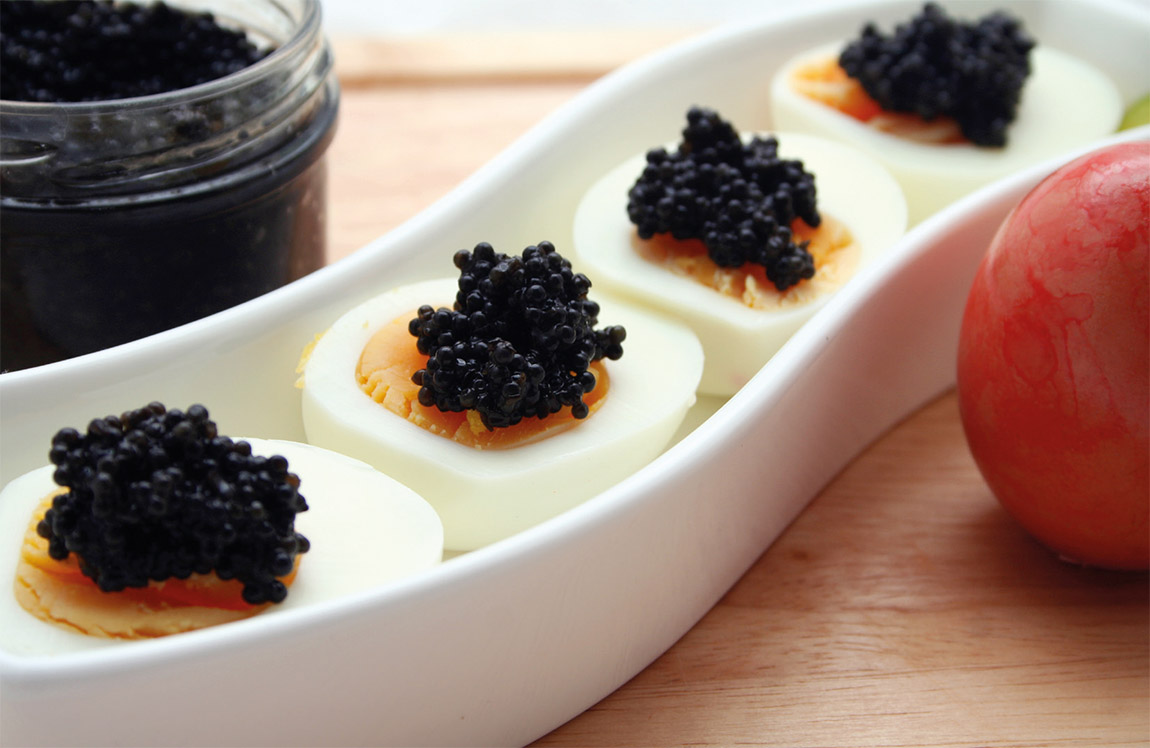
Photo: dreamstime.com
Green food art (Denmark)
Long known for its exquisite New Nordic cuisine, some of Denmark’s best chefs have recently thrown their love on vegetarian cuisine and have achieved remarkable results. In 2022, Copenhagen’s famed Geranium became the world’s first meat-free restaurant to be named ‘the world’s best restaurant’ (the restaurant took meat off the menu at the beginning of 2022, but still serves seafood). With three Michelin stars and a reputation that has travelled the globe, a visit, however, needs to be planned carefully (booking opens three months in advance). Slightly more accessible is the highly praised Ark Collection of plant-based restaurants. The group’s flagship restaurant, Ark, was the first restaurant in the Nordics to receive a Green Michelin Star, an accolade awarded to restaurants that focus on sustainable gastronomy. As always in the New Nordic cuisine, the new green cuisine is full of surprises, art-like food compositions, and local and foraged produce.
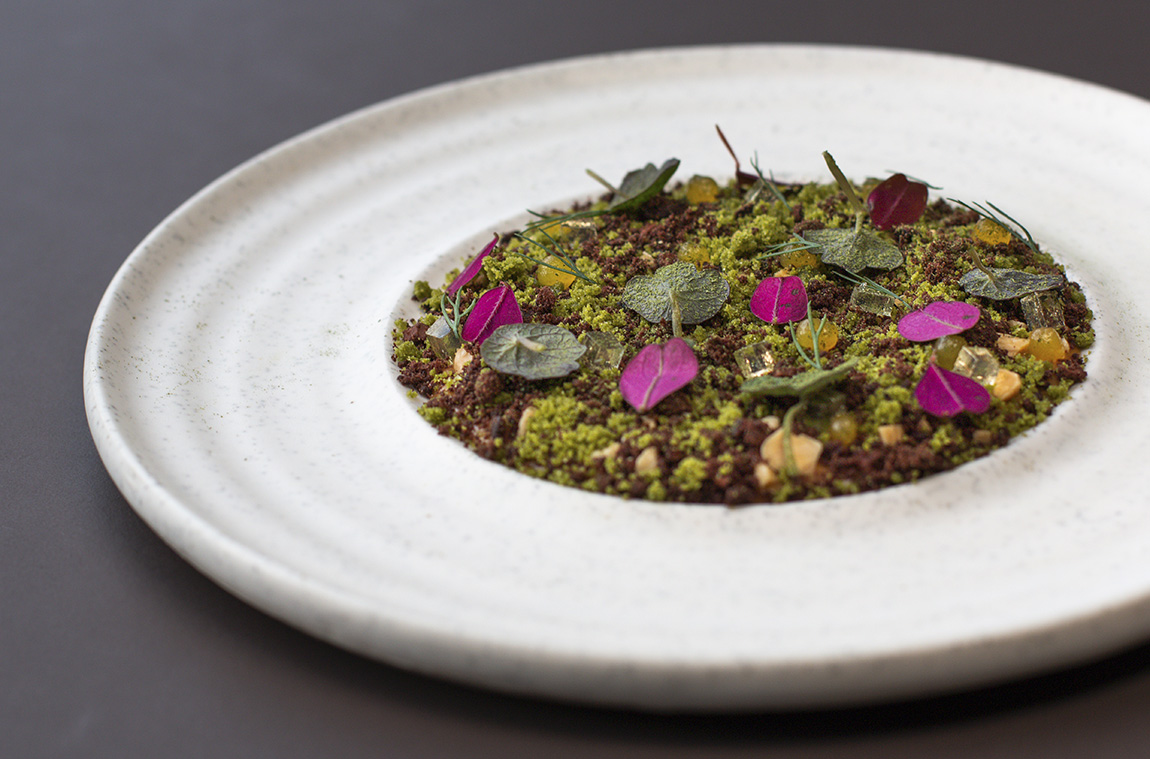
Chocolate Forest, Ark Collection. Photo: Zane Kraujina
Mushroom foraging (Norway)
Take a walk pretty much everywhere in Norway, even inside the cities, and once you start looking, you will see mushrooms, well, mushrooming, everywhere. Thus, it is perhaps not surprising that mushroom foraging has become a major trend among Norwegian food professionals and amateurs alike. If you want to give it a try, you’re in luck because, with the growing trend, a number of helpful tools have been developed. One of them is the Digital Soppkontroll (digital mushroom control) app through which you can send in pictures of your picks and receive a quick reply from Norway’s mushroom association (yes, there is one) as to whether the mushroom is edible or not. Recently, even young people have jumped on the trend and with Norway’s plentiful, stunning natural landscape and the Norwegians’ enthusiasm for outdoor activities, the trend does not seem to be waning.
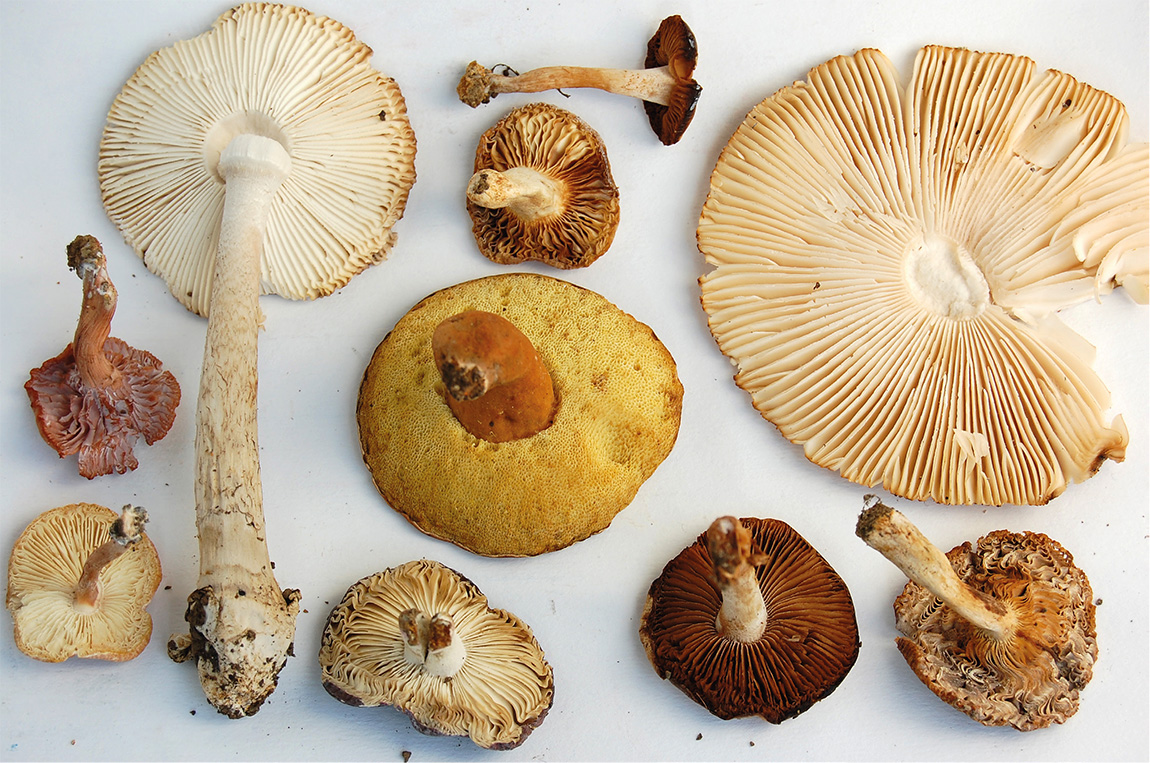
Photo: dreamstime.com
Mocktails (Finland)
None of the Scandinavian countries are traditionally known for abstinence when it comes to alcohol and the Finns are no exemption. However, in the last year, mocktails have made a perhaps surprising splash in Scandinavia, and now Finland is also getting on the alcohol-free party train. Food and drinks blogs teem with recipes for everything from traditional Christmas drinks such as cranberry punch and mulled cider to refreshing summer drinks with the trendiest of Scandinavian berries, sea buckthorn and cloudberries. Alcohol-free spirits such as Helsinki Nolla, the first Finnish alcohol-free distillate, crafted with herbs and spices, and Danish ISH have made their way into cocktail menus all over the capital. Meanwhile, the Nokian Brewery offers a wide range of alcohol-free beer and canned mocktails to enjoy anywhere.
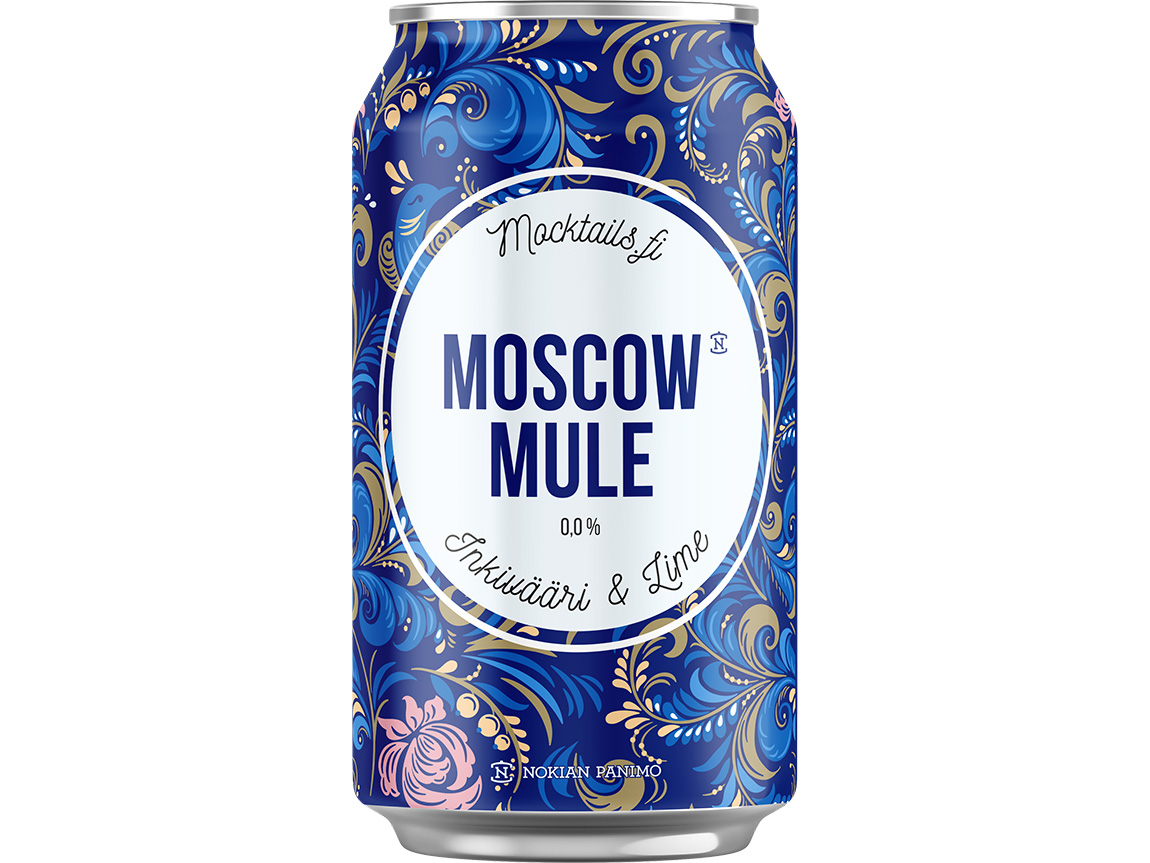
Photo: Nokian Brewery
Nordic Street Food (Denmark)
While Denmark is the warmest of the Scandinavian countries, it is by no means a country that has traditionally had a thriving street food culture. As a matter of fact, before the recent trend, the only street food the country was known for was the classic hotdog stand, oozing in the corner of most town squares. In the later years, however, temporary and permanent street food markets have been popping up in all major cities, and, of course, once the Danes take over a food phenomenon, you can trust them to take it up a notch. Thus, you should not expect an array of greasy burritos and cheese-covered fries, no; the Danes have turned street food into an art form. Lobster hotdogs, Michelin-star burgers, and fresh seafood are just some of the street-food treats that you may enjoy when visiting the capital, and the other cities are doing their best to keep up!
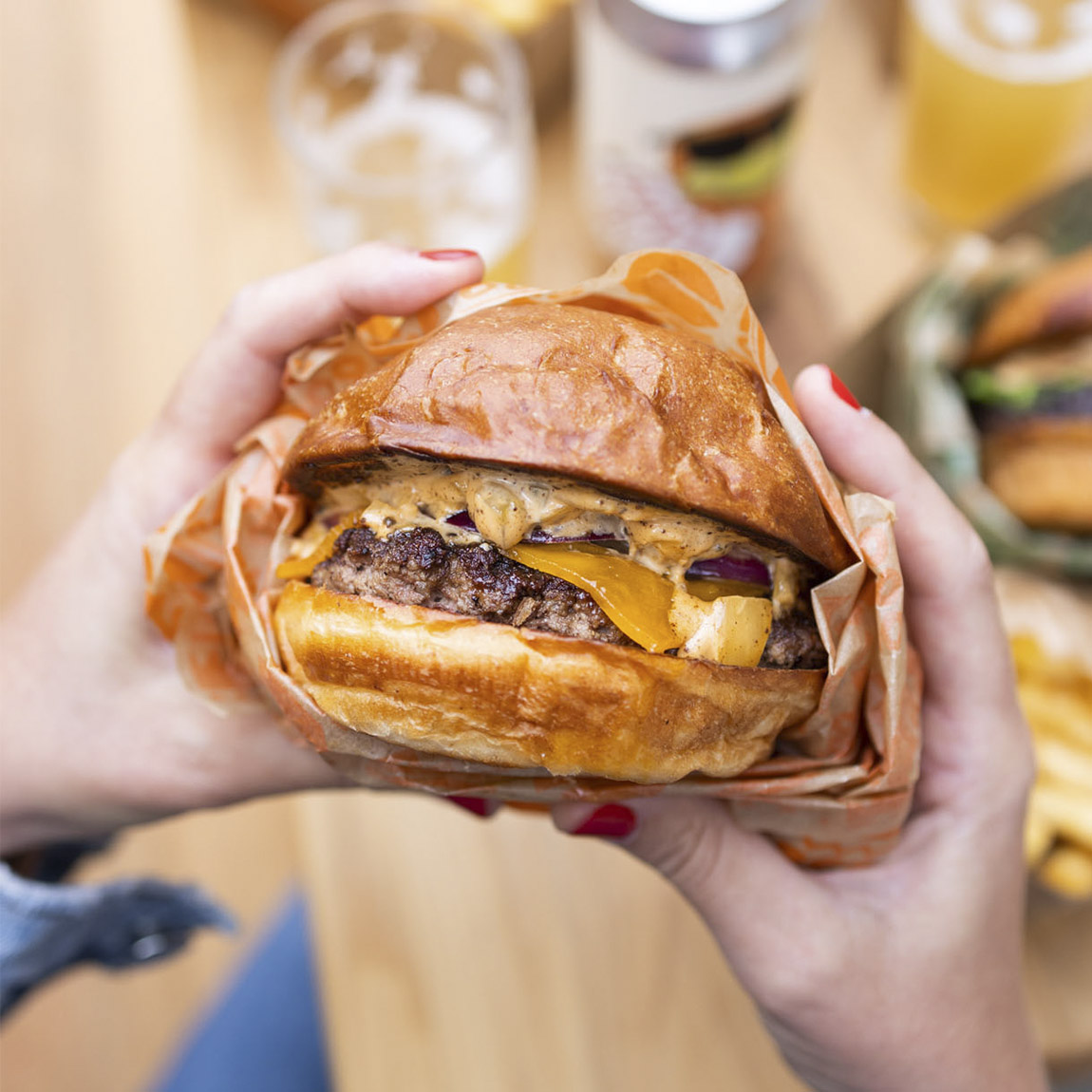
POPL Burger: The team behind the famous Danish restaurant noma spent months developing the recipes for their burger restaurant POPL in a fermentation lab. Photo: Michael Gardenia/ Copenhagen Media Center
Microbreweries and beer-cooked food (Norway)
Like other Scandinavian countries, Norway has seen a host of microbreweries pop up in the last decade. Many are complete with an adjoining pub, cellar or restaurant for beer-flight tastings and delicious beer-infused food offerings, such as beer-steamed mussels, beer and beef stew, and, however odd it may sound, beer ice cream. It might sound weird, but with a strictly regulated market for wine import, perhaps it is no wonder, that the Norwegians have gone all in on the artisan beer craze. If you want to taste what the fuzz is about, Oslo Mikrobryggeri is the place to start when visiting the Norwegian capital. In Trondheim, E.C Dahls Bryggeri offers guests a delicious beer-inspired dining experience as well (this is the place to visit for beer-steamed mussels).
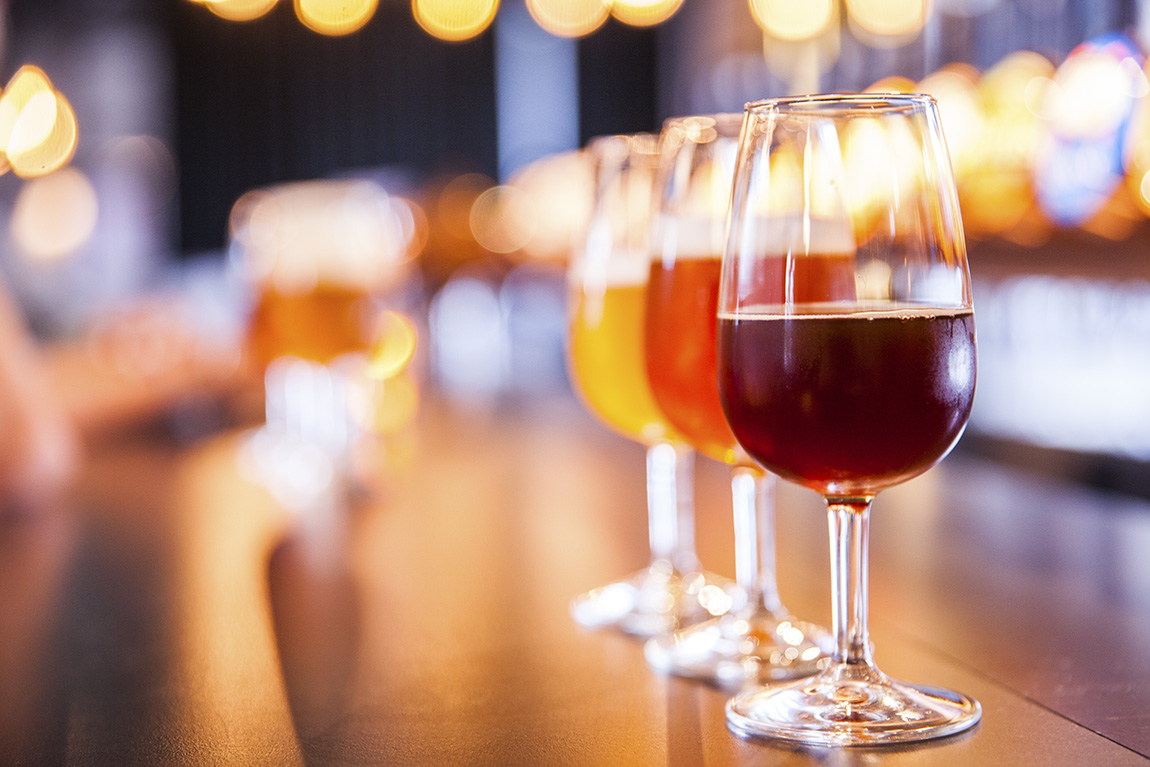
E.C. Dahls Bryggeri has brewed beer in Trondheim since 1856, but only recently opened its doors to the public. Photo: Martin Håndlykken/VisitNorway
Subscribe to Our Newsletter
Receive our monthly newsletter by email





